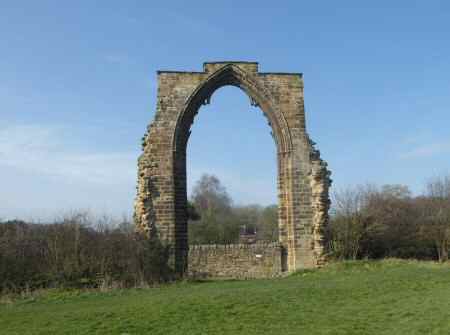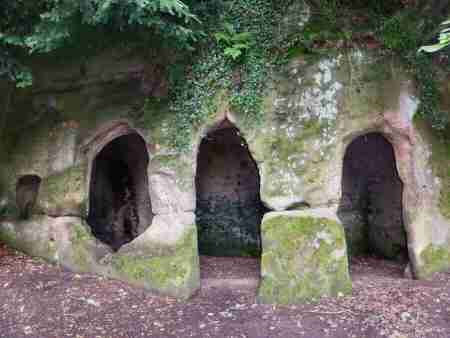A to Z - HIGHLIGHTS OF DERBY AND DISTRICT - PART 4
The A to Z – highlights of Derby and District is a 19-part series and will be published weekly.
Chellaston to Dale Abbey – Hermit’s Cave
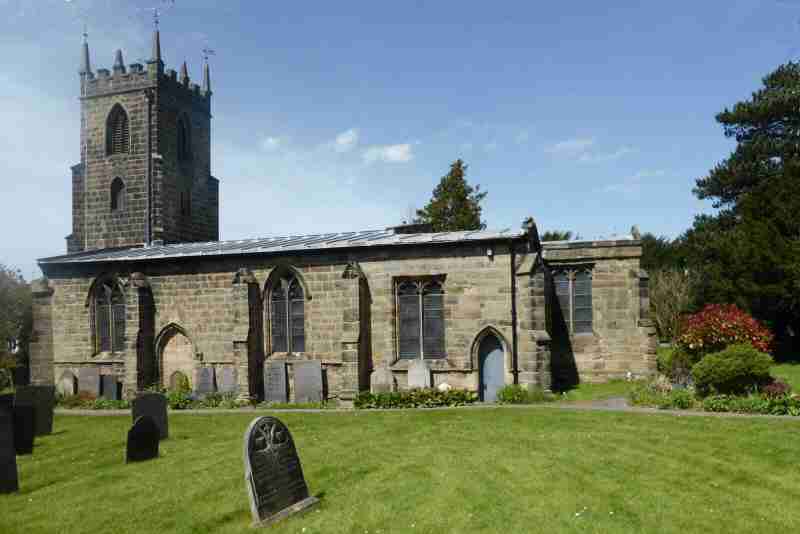
CHELLASTON
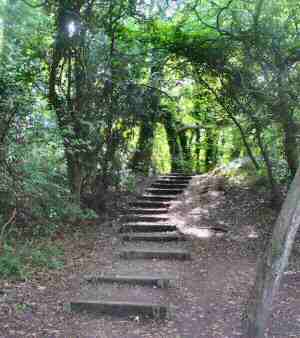
Chellaston was once the home of a mainly farming community but is now a rapidly growing suburb. The story of Chellaston is not just one of a once quiet village expanding rapidly because of its location. From the Middle Ages, it became internationally famous as the centre of the English alabaster industry, a form of gypsum.
CHELLASTON BRICKWORKS
For centuries, the extraction of alabaster and gypsum at the Woodlands Quarry had necessitated the removal of large quantities of clay from the earth. Little use had been made of it, until the latter part of the 19th century, when brick-making commenced. Many of Derby’s council houses were built with Chellaston Bricks, as was the original Celanese factory at Spondon.
CHELLASTON – THE GRESLEY FAMILY
Harold Gresley was born in 1892 and lived all his life in Chellaston, along with his brother Cuthbert, father Frank and grandfather James. He was a landscape artist. During 1925-26, he produced a series of Derby townscapes that later became part of the celebrated Goodey Collection. Also, he painted many views of Derbyshire beauty spots and country houses.
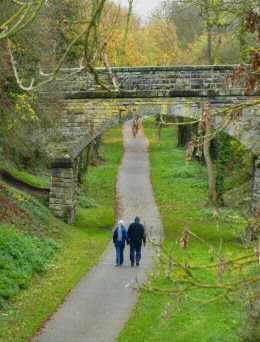
CHESTER GREEN
Chester Green has been in existence as an area of open space since the Middle Ages. In those days it was a rough place and some families would not let their children go near it. However, following the incorporation of Little Chester into Derby Borough, in 1877, the scheme to lay a new green was approved. It took several years to complete.
CLOUD TRAIL
The former Derby to Ashby Railway opened in 1874. During the Second World War, it was taken over by the War Department as a railway training centre by the British Army and Allied engineers. It has been converted by Sustrans, into a footpath and cycle track, known as the Cloud Trail and is 13 miles in length with numerous access points.
CORN MARKET
The Corn Market is noticeably wider at the bottom end which faces St Peter’s Street. This was where corn merchants, placed samples of grain in containers sited on posts so that potential buyers could test them before purchase. The market continued to operate there until the Corn Exchange was built on Albert Street
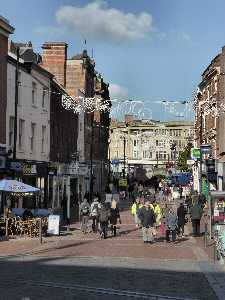
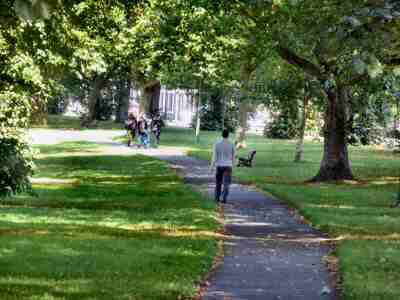
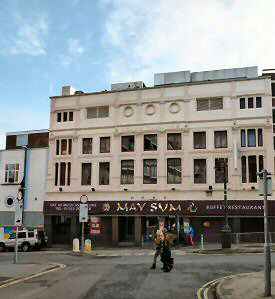
COXBENCH
The pretty hamlet of Coxbench at the foot of the hill up to Holbrook used to have its railway station. In its heyday, it dispatched around 50 churns of milk produced at local farms. Regular passenger services ended in 1930, but the station was used to take Derby County supporters to the FA cup Final in 1946. The station is now closed.
DALE ABBEY
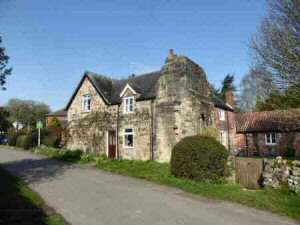
A more peaceful and pleasant spot than Dale Abbey is hard to find in the whole of Derbyshire. Yet it is less than three miles from the suburbs of Derby to the west, and even closer to a vast area of housing and industrialisation on the eastern side. The story of Dale Abbey, or Depedale as it was originally known, begins when a Derby baker had a dream. The Virgin Mary appeared and told him to go to Depedale, to live a life of solitude and prayer. At that time, it was a wild and marshy place and the hermit carved out a home and chapel on a sandstone cliff.
After the hermit’s death, word spread of the religious significance of the place and following several attempts, Dale Abbey was founded in about 1200. The abbey remained until 1538 when it was dissolved. The greater part was demolished by the command of Henry VIII. Little but the great 13th-century east window remains, which probably has much to do with the ancient belief that if the arch fell the villagers would have to pay tithes. Today the abbey ruins are designated as an ancient monument.
DALE ABBEY – ABBEY RUINS
Following The Dissolution of the Monasteries Act of 1539, Sir Francis Pole of Radbourne took possession of the abbey and its contents. What could be used elsewhere was installed in other churches and the abbey was gradually dismantled. The great east window was probably retained because of the ancient belief that if the arch falls the inhabitants of Dale Abbey would have to pay tithes.
DALE ABBEY – HERMIT’S CAVE
Hermit’s Wood is an ancient woodland and probably formed part of the original forest that once covered this area. It contains many fine beech and oak trees. Abundant wildlife and over 60 species of flowering plants have been recorded. The Hermit’s Cave is now designated as a Scheduled Ancient Monument.
